Some of the mystery craft's missions have been named: pushing the boundaries of what's possible
SpaceX has delayed the next launch of its Falcon Heavy rocket, delaying the final mission of a mysterious spaceplane that remains one of the US military's most exciting projects – while the United States strives to penetrate deeper into space.
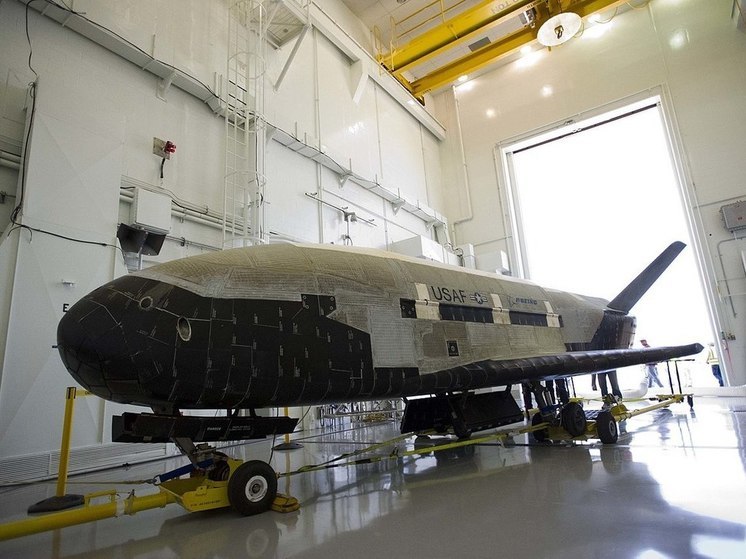 Photo: dvidshub .net
Photo: dvidshub .net
The secret robotic spacecraft X-37B was scheduled to lift off aboard a SpaceX Falcon Heavy rocket at 8:14 pm ET from NASA's Kennedy Space Center in Florida on Monday. But the company said Monday evening it was delaying the launch “due to a ground-side issue,” indicating a problem with the rocket's launch pad or fueling systems, according to a SpaceX post on social media.
The company said which is now working to lift off at the next available launch opportunity, which will be Tuesday at 8:14 pm ET, CNN reports.
The X-37B space shuttle plane, which resembles NASA's miniature space shuttle with darkened windows, preparing to begin his seventh experimental flight.
Many of the X-37B's mysterious missions have been classified, but the U.S. Space Force has provided few details about the goals of the uncrewed mission.
The spaceplane allows the United States to conduct experiments to better understand how to improve current and future space operations and push the boundaries of what is possible, said Gen. B. Chance Saltzman, chief of space operations for the U.S. Air Force, in a statement.
Among the research on board will be a NASA experiment aimed at finding ways to support astronauts on future deep-space missions. Called Seeds-2, it will “expose plant seeds to the harsh radiation environment of long-duration spaceflight” and will build on previous research conducted on the X-37B missions.
According to the US Space Force, the experiments also “include operating the reusable spaceplane in new orbital modes, experimenting with future space domain awareness technologies, and studying the effects of radiation on materials provided by NASA.”
Orbital modes are regions of space where various celestial bodies exert the greatest gravitational influence, CNN explains. If, for example, Earth's gravity predominates, this is called a “geocentric regime.” And our entire solar system is part of the “solar regime,” where the sun is the largest source of gravity, explains the US Space Force publication Spacepower.
By “new orbital modes,” the military is likely referring to the fact that the X-37B could be placed much deeper in space than previous missions—perhaps even in a “circumlunar mode,” which is defined as a gravitational system that includes Earth and The moon.
The launch will mark the first flight of a spaceplane on SpaceX's Falcon Heavy rocket, which briefly became the world's most powerful operational rocket after its debut in 2018.
The rocket looks like three of the company's Falcon 9 rockets linked together, with two boosters on each side providing extra thrust and power, CNN says.
The X-37B was previously launched on SpaceX's Falcon 9 and Atlas V rocket. built by United Launch Alliance, a joint venture between Lockheed Martin and Boeing. Falcon Heavy provides more thrust than both of these rockets combined.
It is unclear how long the spacecraft will spend in Earth orbit during this period, although historically each X-37B flight has been longer than the last.
The last autonomous X-37B flight into orbit ended in November 2022 , after the spacecraft spent nearly 909 days in space. On this sixth mission, military officials said, as CNN previously reported, the spaceplane was carrying experimental technology developed by the U.S. Navy to convert solar energy and transmit it back to earth.
In August 2020, the X-37B received the prestigious Robert J. Collier Trophy, which recognizes achievements in aerospace that surpass the Hubble Space Telescope. (The James Webb Space Telescope recently won the prize.)
“Complex and uncrewable, the X-37B advances the technology of reusable spaceplanes and conducts experiments in space that return to Earth for further study,” said Barbara Barrett , US Secretary of the Air Force in a statement at the time.
The X-37B has already spent more than 3,700 days in space on previous uncrewed missions, CNN recalls.


















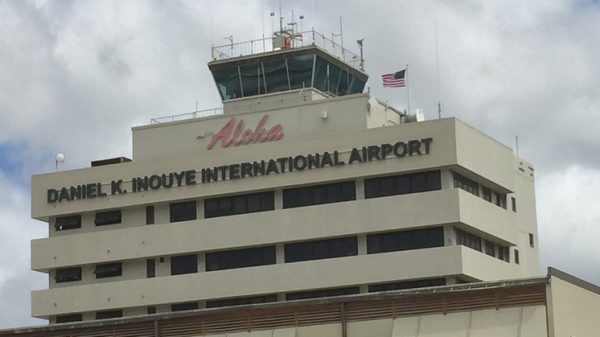







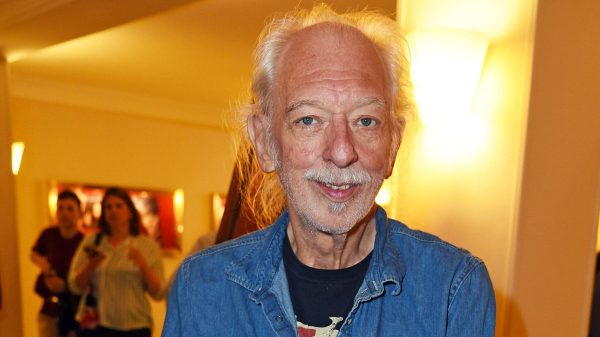

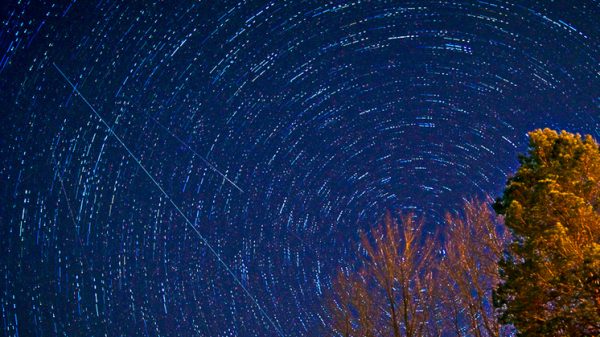
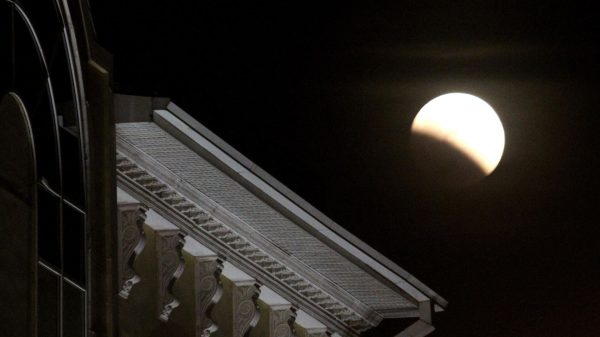

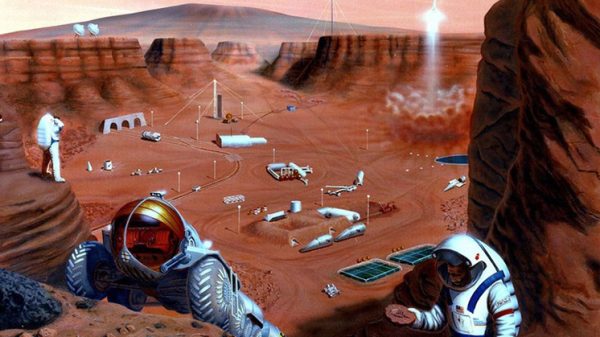








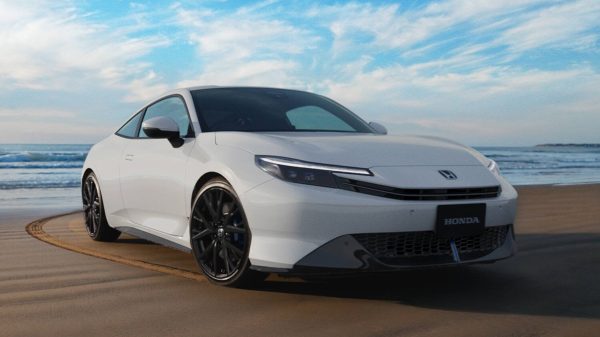



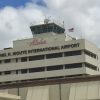




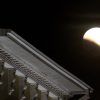

















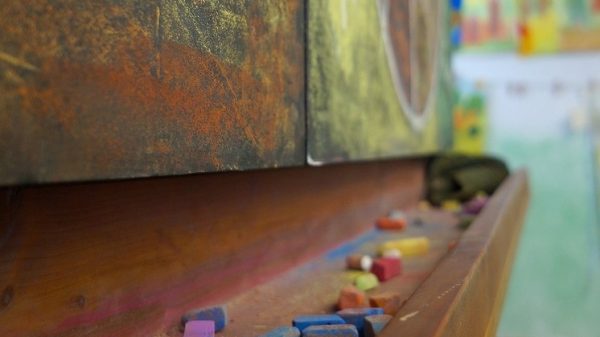
Свежие комментарии